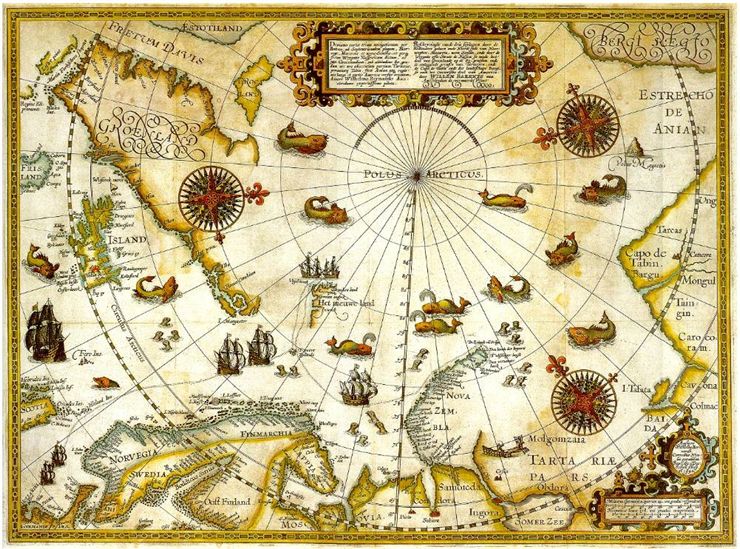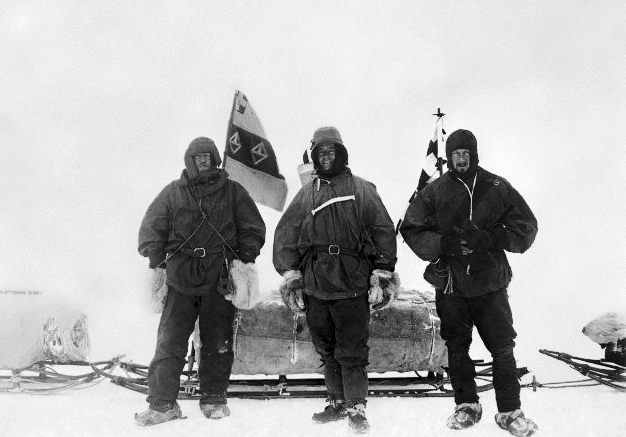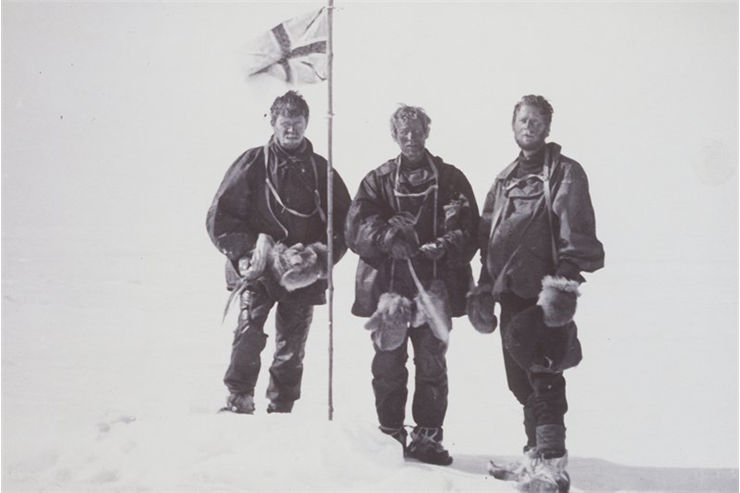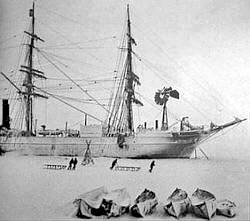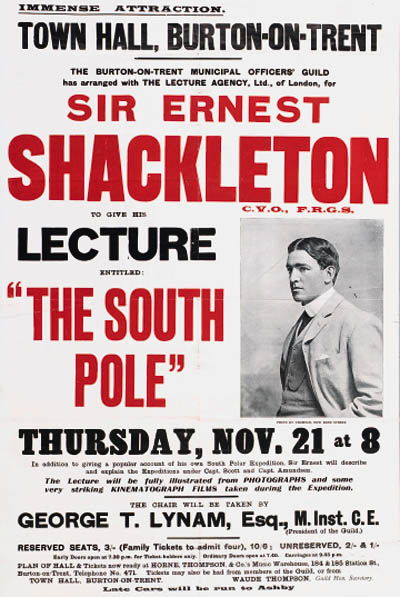North/South Polar Explorers
One of the most exciting periods for explorers happened between 1897 and 1922, when over 15 expeditions set their sights in conquering South and North Pole. With goal of scientific and geographic expiration of magnetic pole regions, all expedition encountered harsh environment that tested their equipment, physics and mental state to the absolute limit. After the end this era (today called Heroic Age of Antarctic Exploration) almost entire coastline and major parts of Antarctica landmass was mapped.
First request for Antarctic exploration came from English Royal Geographical Society in 1893, which set the goalof answering several unknown geographic questions of the South Pole. Before the end of 19th century, two expeditions went to South Pole. During next 30 years, eight countries sent mission to South Pole - England, Norway, Sweden, Belgium, Germany, France, Australia and Japan.
First explorers of Antarctica was Belgian ship Belgica (1897-1889), who remained icebound in the Arctic Circle where it successfully survived its cold winter, and British Southern Cross Expedition (1898-1900), who formed first Arctic land settlement. They scouted some of the mainland with first use of the sleds and dogs. After them, captain Robert Falcon Scott explored more inland (1901-04), mapping several more unexplored areas of the continent. One of the most important missions happened from 1907 to 1909, under the leadership of Englishman Ernest Shackleton. He managed to get only 112 miles from the pole, and maps of his journey proved instrumental in the later attempts to reach the pole. In 1911, two parties managed to reach the South Pole. Norwegian Roald Amundsen reached pole on 15 December, and only few weeks later Robert Falcon Scott from England repeated that feat. Sadly, two months later he and his members died from starvation while returning to the coastal base camp.
Third man to reach South Pole was English explorer Vivian Fuchs, who managed to make that feat in his 1957 mechanized overland crossing of Antarctica. Around 1980s Ranulph Fiennes attempted several times to reach the South Pole on foot and without any aid, but he was not successful.
North Pole exploration was shrouded in some controversy. Two explorers Robert Peary and Frederick Cook claimed that they reached the magnetic north pole first. In the end, scientific community awarded that discovery to Robert Peary. After them, two more explorers went to pole - overland 1926 mission by Richard Evelyn Byrd and airborne mission of Roald Amundsen during the same year. Mission of Roald Amundsen was the only wan that recorded exact measurements of his passing over North Pole.
